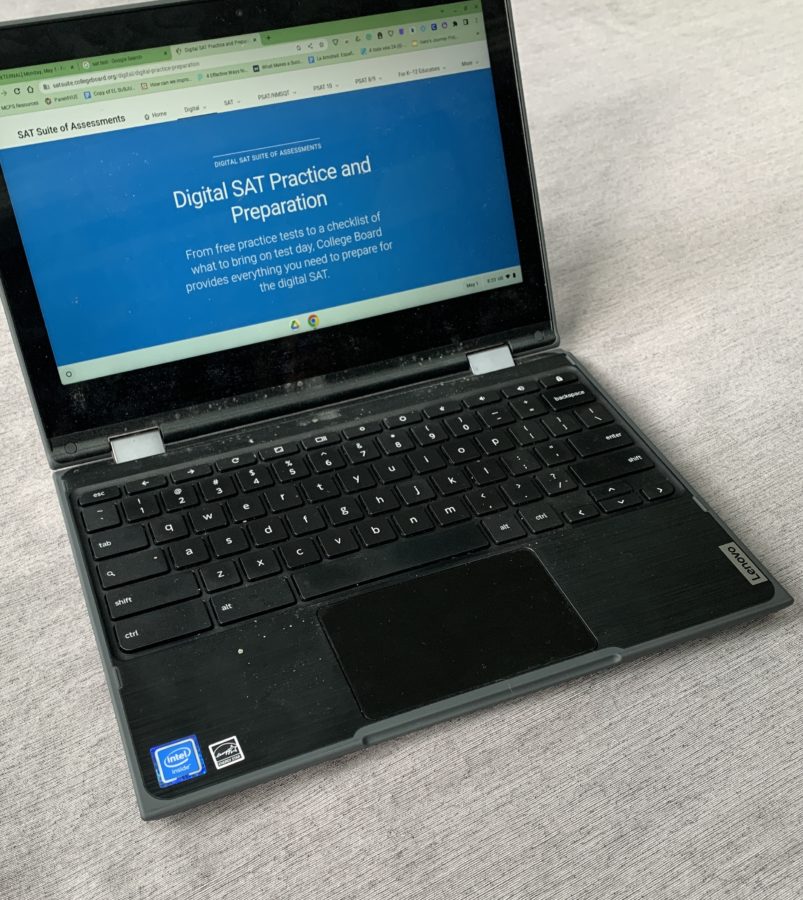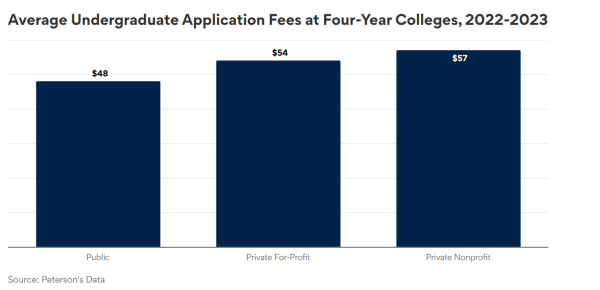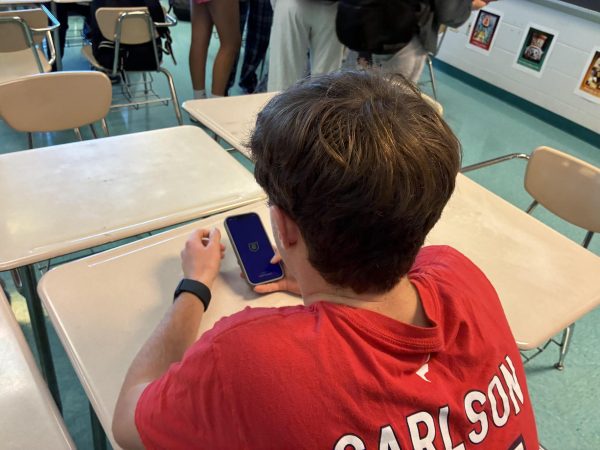SAT transferring to digital format
The College Board website offers a practice SAT for digital format coming in 2024.
Starting in 2024, the SAT will be transitioning into a fully digital format country-wide. Students taking the test digitally will still be monitored and required to go to an in-person testing location just as before. However, some of the major changes with this online platform are that the test will be two hours long instead of three and students will be allowed to use a calculator for all parts of the math section. Students who are planning to take the SAT this year will have to decide whether to wait to take the test digitally when available or take the test on pencil and paper. All of this may potentially leave some to question the impact that the new SAT format will have on students and how colleges consider these test scores.
One of the main reasons in favor of switching to this digital platform is the adaptive nature of the test. This means that the test becomes more easy or difficult depending on how you perform. In other words, it’s designed to adapt to the test takers’ understanding of the material. Other standardized tests such as MAP-R and MAP-M, which are math and reading tests for students in elementary and middle school, have already incorporated this method. The adaptive method works well in an online format because If you were to sit and take a test on paper, the proctor can’t just switch the test based on your performance to give a more accurate score. However, in a way, the online platform is able to do just that. Yoni Zaslavsky is a junior who just recently took the SAT and did so on paper. “I think the new testing format makes a lot of sense because scantrons are outdated and can be confusing,“ Zaslavsky said.
Another benefit of the test being online is that students can get their results back within days instead of waiting weeks. Since the test will still be majority multiple choice, the online system can grade the test and send it back to students in a more time efficient manner. If students can get their scores back sooner versus later this allows them more to meet required deadlines for specific colleges. Additionally, by receiving their test scores sooner, it means that students have longer to submit their test scores if they choose to do so.
Not only do students receive their test scores sooner but students also now have the option to superscore between their tests if they take both the standard and online format. If a student were to for instance do poorly on the SAT and then take it again when the digital option becomes available next year, they can choose the highest score out of the two. Super scoring has already been utilized for years but doing so interchangeably between formats has not.
When students now submit their testing scores to apply to college prior to when the SAT goes fully digital, it will not be specified which format they took it on. Senior Varun Somasunder believes that the adaptive format of the digital SAT makes it unfair for students to be able to choose the higher score between the two test formats. “I don’t think both tests should be treated the same if the questions change as you go for the digital one,” Somasundar said.
Another dilemma with the new SAT is if the shortened time of the test (two hours instead of three) will be proven to be a good or bad thing. On one hand by making the test shorter, students don’t have to sit for as long, leaving them potentially less anxious and restless. On the other hand if the test is shorter one could argue that there is less time for the same amount of material, which makes students feel rushed in the test-taking process. “Personally I think that the stress amongst students would increase because there is less time to complete the SAT,” junior Nick Wang said.
Your donation will support the student journalists of Thomas S. Wootton High School. Your contribution will allow us to purchase equipment and cover our annual website hosting costs.
Brendan Glaser is a 2023 graduate.







